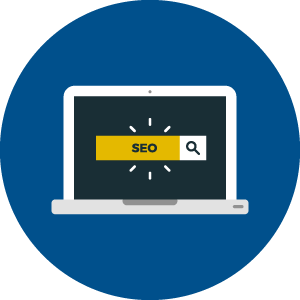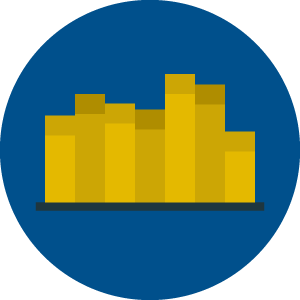Magazine marketing thrives in the new world of PPC and organic search
 What’s the one thing that magazine publishers have in abundance, more than any other business on the planet?
What’s the one thing that magazine publishers have in abundance, more than any other business on the planet?
Content.
And who’s the paramour of content? Google.
Think about it – all of the companies out there struggling with SEO and frantically hiring content farms overseas, and, bless the souls of small businesses, trying to figure out the whole local SEO thing.
And here were are, rich in content. We’ve got bags of content, we sleep in beds of it, we’re practically using it for tinder in our campfires.
[text_ad]
Back when content was constricted to a printing press and paper, magazine marketing was just as restricted. There was no content recycling, or optimizing for digital robots who read and interpret every word. There were just words and paper.
Done right, magazine direct mail and blow-in cards could bring in new and renewing subscribers, sell one-offs, and help to register conference attendees. But direct mail now comes in the form of email, and blow-in cards look like banner ads and floaters on magazine websites.
One completely new channel available to publishers is a little search engine called Google, the largest search engine in the world. Google has provided publishers with two major ways to market themselves and their magazines – through SEO and PPC.
I’m careful not to pit SEO and PPC against each other, either. It’s not a battle SEO vs PPC, because your best chance at the best magazine marketing through Google is to try both.
 Magazine marketing with search engine optimization
Magazine marketing with search engine optimization
- Search engine optimization encourages publishers to create abundant amounts of helpful content that is optimized for terms people are looking for in search.
- Keywords: Content is optimized for long-tail keyword phrases that are usually two, three, or four words long.
- User-Friendliness: Optimizing content for search engines helps publishers market their content in a natural way.
- Credibility: Editorially based content receives more credibility than paid advertisements.
- Transition: Content you give away for free is a great way to introduce people to your content before they begin to pay for it.
- Conversions: Content you give away for free can be optimized to include links to landing pages and embed calls to action.
- Longevity: Content can be created once and drive traffic for years.
- Search Volume: Long-tail keywords will have less search volume than those you can target in PPC.
- Cost: Cheap – leverage your existing team to write and/or recycle old archived content and re-optimize it for search.
 Magazine marketing with pay-per-click
Magazine marketing with pay-per-click
- Pay per click allows publishers to pay for desirable search terms and guarantee traffic to them.
- Keywords: Based on your budget, you can target highly competitive keywords that you can’t rank for organically in search because they have too much competition.
- User-Friendliness: Ads can be optimized to reflect what the user searches for, making it user-friendly, however most ads go directly to sales pages so there’s rarely an opportunity for a “hello, how are you?” before the sales proposition.
- Credibility: Users prefer PPC ads over other types of paid ads as long as they’re not deceiving.
- Transition: Studies have shown most searchers don’t differentiate paid search results from organic ones, so there’s a fluid path from search to your landing page.
- Conversions: Most PPC companies you’ll hire will be expert landing page developers and can maximize your conversion rates. Note: Hire professionals, it will be worth it.
- Longevity: Unfortunately, traffic stops when your budget runs out. But you’ll have wrangled some good traffic in the meantime.
- Search Volume: Your budget is your limit, since you’re only paying for clicks, it’s up to you how much traffic you’re willing to pay for.
- Cost: The more you spend, the more traffic you’ll receive.
As you can see, SEO and PPC go hand in hand. They fill in the gaps for one another. Magazine content is built for SEO, but any paid product can benefit from PPC.
The major benefit of optimizing your content for organic search is that you only have to create a piece of content once, and you can receive traffic from that content for years. Some of our most traffic-inducing posts drive tens of thousands of visits per month and they were originally published more than five years ago. Imagine that every article you publish is a new landing page. If you publish every day of the year, that’s 365 landing pages, when set up to leverage 3C Zone Architecture, are optimized to convert visitors into subscribers.
The major benefit of PPC is that you go directly for the sale, so your revenue from these efforts will be much more obvious than the longer path of search engine optimization. You get what you pay for with PPC, and if your landing page is well designed, and (better yet) tested – your budget will hopefully convert into more revenue than expense.


